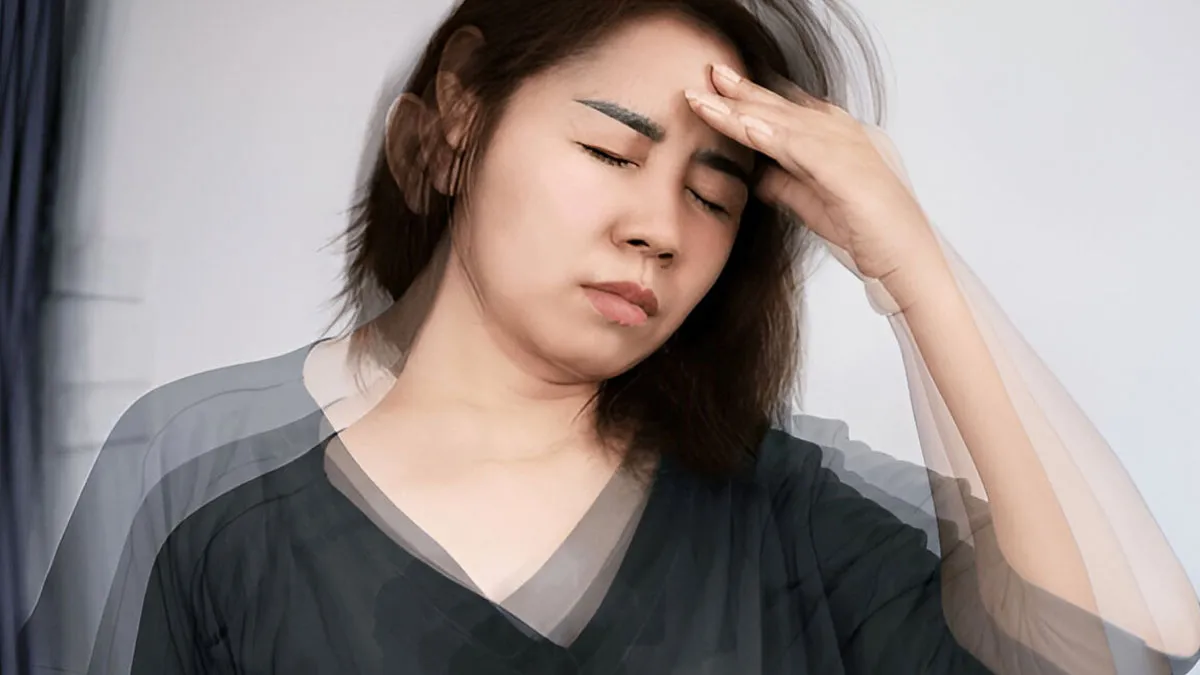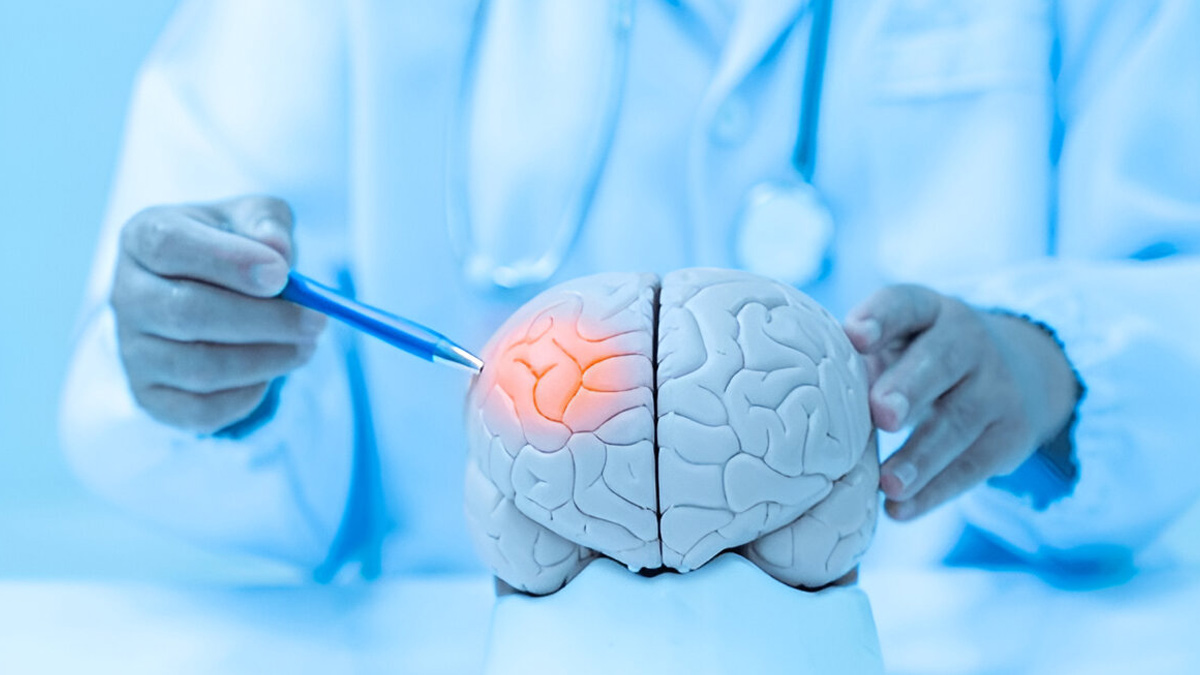
A head injury from years ago can suddenly return to cause problems, with consequences emerging months or even years later. Subtle cognitive decline, new or worsening headaches, mood shifts, and behavioural changes sometimes trace back to an old concussion or blunt trauma. These delayed presentations pose a diagnostic challenge because symptoms are protean, tests may appear near-normal, and the connection to a distant injury is easily missed by both patients and clinicians.
Table of Content:-
We spoke to Dr Ramakrishna Chowdhary Y, HOD - Neurosurgery, Arete Hospitals, Hyderabad, who explained how to identify and manage symptoms of delayed head injury.
How a One-Time Hit can Have Long Tails

“Mechanical forces at the moment of impact can damage axons. They may trigger microbleeds and set off an immune cascade in the brain. That initial tissue disruption does not always heal cleanly. Over time, persistent low-grade inflammation can occur. Impaired clearance of damaged proteins and altered neuronal connectivity can lead to a gradual functional decline,” explained Dr Chowdhary.
In people exposed to multiple injuries or those with genetic vulnerability, such as an APOE4 allele, the risk of progressive neurodegeneration appears higher. These biological pathways help explain why a single episode of trauma sometimes shows consequences long after the event.
Also Read: Recovering From Head Trauma? Expert Discusses Long-Term Effects And Risk Of Brain Injury To Relapse
Typical Delayed Symptoms
According to the Journal of Neurotrauma, traumatic brain injury) results in both immediate and long-term effects, often causing lasting disabilities that elevate long-term mortality rates and shorten life expectancy. The symptom pattern is variable. Here are some of the symptoms shared by the expert:

- Headaches that change in character or become chronic (e.g., migraine or tension-type headaches)
- Sleep disturbances
- Dizziness
- New-onset seizures
- Increased risk of dementia and other neurodegenerative conditions (especially after moderate or severe traumatic brain injury)
Memory and attention problems, such as:
- Forgetfulness
- Slowed thinking
- Difficulty multitasking
- Trouble following conversations
Emotional and behavioral shifts, including:
- Irritability
- Apathy
- Anxiety
- Impulsivity
- Depression
Also Read: Abusive Head Trauma In Infants: Causes, Symptoms, Diagnosis, And Treatment
How Clinicians Investigate an Old Head Injury

Initial Steps
“A focused clinical history is the first step: timing and mechanism of the prior injury, any intervening events, and the precise nature of current complaints. Standard blood tests exclude metabolic and endocrine contributors; neuropsychological assessment quantifies cognitive deficits,” said Dr Chowdary.
Imaging and Diagnostic Tests
Conventional MRI may be normal in many cases, but advanced techniques, including diffusion tensor imaging (DTI) or specialised sequences, can reveal microstructural axonal injury not visible on routine scans. EEG is indicated if seizures or unexplained loss of consciousness occur.
Further Evaluation
Where progressive decline or a history of repeated trauma raises concern for a degenerative process, referral to a neurologist and consideration of specialist imaging or biomarker testing is appropriate.
Treatment: Targeted and Multidisciplinary
- There is no single cure for delayed post-traumatic symptoms; management is symptom-directed and often multidisciplinary.
- Headache care follows standard principles (avoidance of overuse of analgesics, migraine prophylaxis where indicated).
- Cognitive rehabilitation, structured return-to-work plans, and compensatory strategies can restore function. Mood and sleep disorders respond to evidence-based psychological therapies and, when required, medication.
- Exercise, prescribed and monitored, shows benefits for mood and cognitive resilience. In selected patients with prolonged or progressive neurological decline, specialist clinics may use tailored interventions and closer surveillance.
- Evidence supports rehabilitation, psychoeducation, and gradual, guided increases in activity for persistent post-concussive problems.
When to Seek Specialist Review
Urgent reassessment is needed for:

- New focal neurological signs
- Progressive cognitive decline
- Recurrent seizures
- Worsening headaches unresponsive to treatment
- Daily functional loss
Even when symptoms are mild but persistent, early evaluation by primary care with timely referral to neurology or neurorehabilitation services shortens the window to put supportive measures in place and reduces the risk of deterioration.
Bottomline
Dr Chowdhary concluded, “An old head injury should not be dismissed as irrelevant when new neurological or behavioural symptoms appear. A careful history, targeted testing, and a coordinated rehabilitation plan often yield measurable improvement. Preventive measures, such as helmet use, fall prevention, safe sport practices, and prompt care after any head impact, remain the most reliable way to limit long-term consequences. Awareness that the brain can carry echoes of past trauma helps patients and clinicians act sooner, not later, when those echoes begin to interfere with daily life.”
Also watch this video
How we keep this article up to date:
We work with experts and keep a close eye on the latest in health and wellness. Whenever there is a new research or helpful information, we update our articles with accurate and useful advice.
Current Version